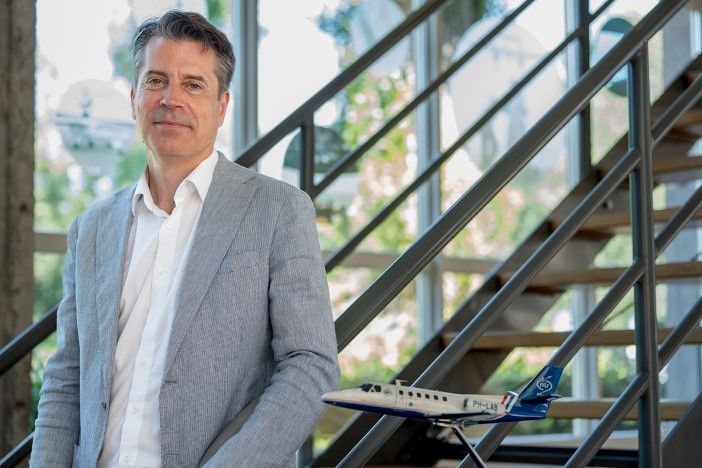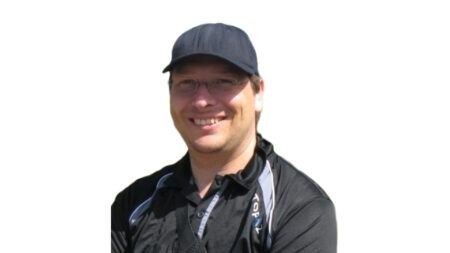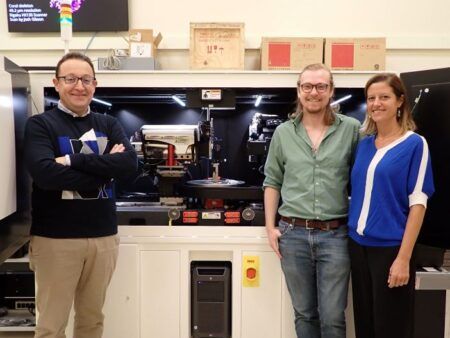Worldwide, there are at least two landings every week where aircraft fail to stop on the runway in time. Sometimes pilots cannot slow down sufficiently, but there can also be problems with the runway.
Wet runways are clearly a contributing factor, but exactly what causes an aircraft to slip during landing is very complex with many factors involved. The €1.5 million Runway Micro Texture Project, which involved the Dutch aerospace research agency NLR and the German research centre DLR was run over the last three years for EASA to solve this and improve the understanding and safety of aircraft landings.
Initial studies found that the braking performance of aircraft on wet runways was often much worse than assumed. Most runways are made of asphalt or a similar product. While the crushed stone in asphalt provides drainage, the small, sharp pieces similar to sandpaper provide a runway’s micro-texture and friction.
Sufficient micro-texture is essential for good braking performance when a runway is wet. When a micro-texture wears down a runway becomes more slippery. Airports struggle to determine the level of this wear.
In addition, current requirements are based on measurements of runway macro-texture – its visible surface roughness – using methods such as the sand and grease patch and runway friction testers. Measurements made with runway friction testers suffer from uncertainty and errors. This has resulted in overestimating the braking capabilities of a runway under wet conditions. In some ways, determining aircraft friction is more like an art than a science.
A flight test program was planned and carried out to collect aircraft wheel-breaking friction data from wet runways as part of an EASA-sponsored research project funded by the European Union’s Horizon Europe research and innovation program. The biggest challenge of the program was that the runways had to be soaked to recreate rainfall.
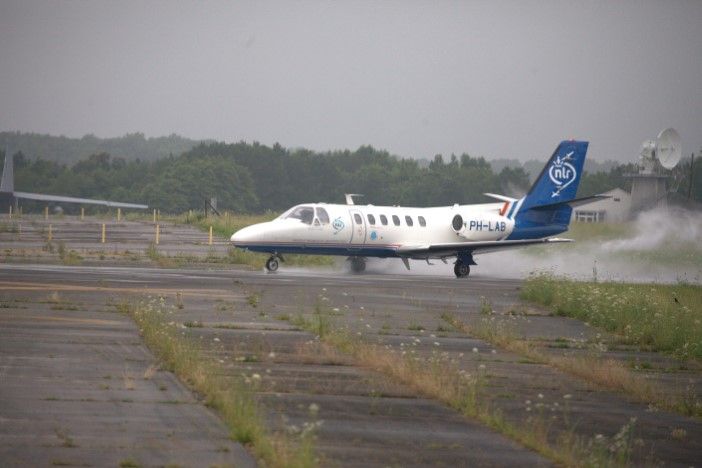
The testing used NLR’s Cessna Citation 550 and DLR’s Falcon 2000 (ISTAR). Large commercial aircraft were avoided because they are expensive, in demand and cannot operate at smaller airports – the runways used had to be closed during the tests.
Testing took place at Twente in the Netherlands, Cochstedt and Braunschweig-Wolfsburg in Germany and NASA Wallops in the USA.
For the tests, a section of the runway was wetted to a specified level using trucks carrying 36,000 liters (9,500 gallons) of water. The aircraft was put in a fixed position with the engine idling. Runs were done to the aircraft’s maximum braking.
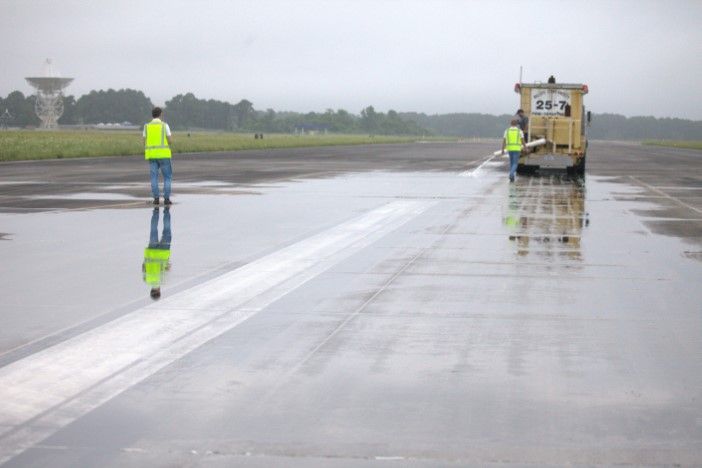
The aircraft was vacated and the brakes were allowed to cool before inspection.
Each run required around up to 8,000 liters of water to be dropped. At NASA Wallops we used about 15,000 litres (4,000) gallons of water and dams to increase the water depth.
While each run took only a few seconds, they cost hundreds of thousands of euros each. The runs had to be done quickly because runways are designed to drain water away.
Data from the tests has been used to determine the effective brake friction at different speeds. If an airport knows what texture their runways have, they can inform the pilots of the correct braking characteristics of the runway. This allows us to increase the chances of a successful landing.
Within the EASA Runway Micro Texture program, NLR is now developing a method by which airports in Europe can map their own runways very precisely by using advanced lasers. The FAA is also interested in the results and has asked NLR to conduct additional flight tests.
